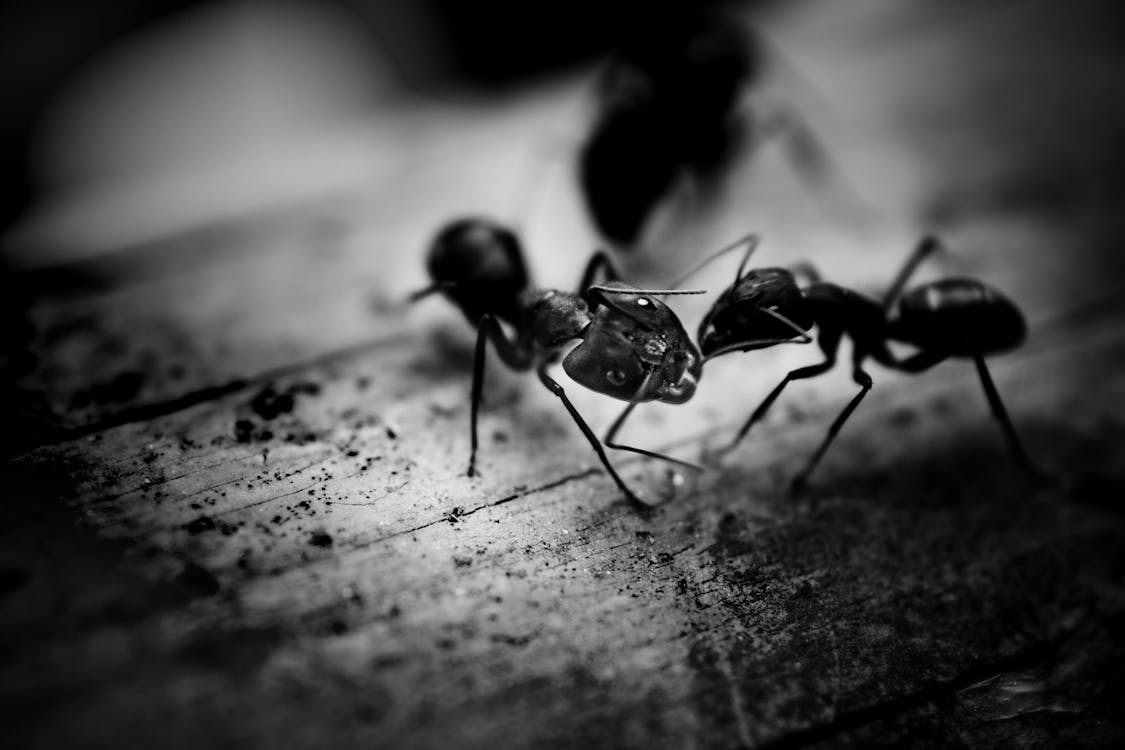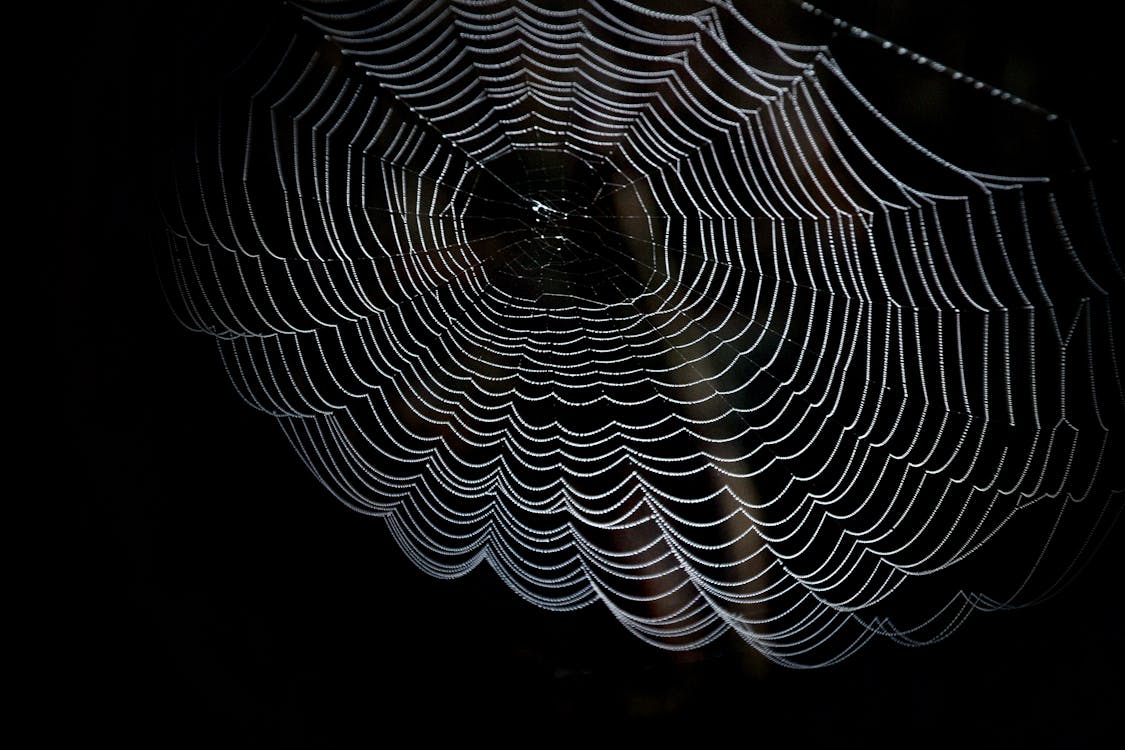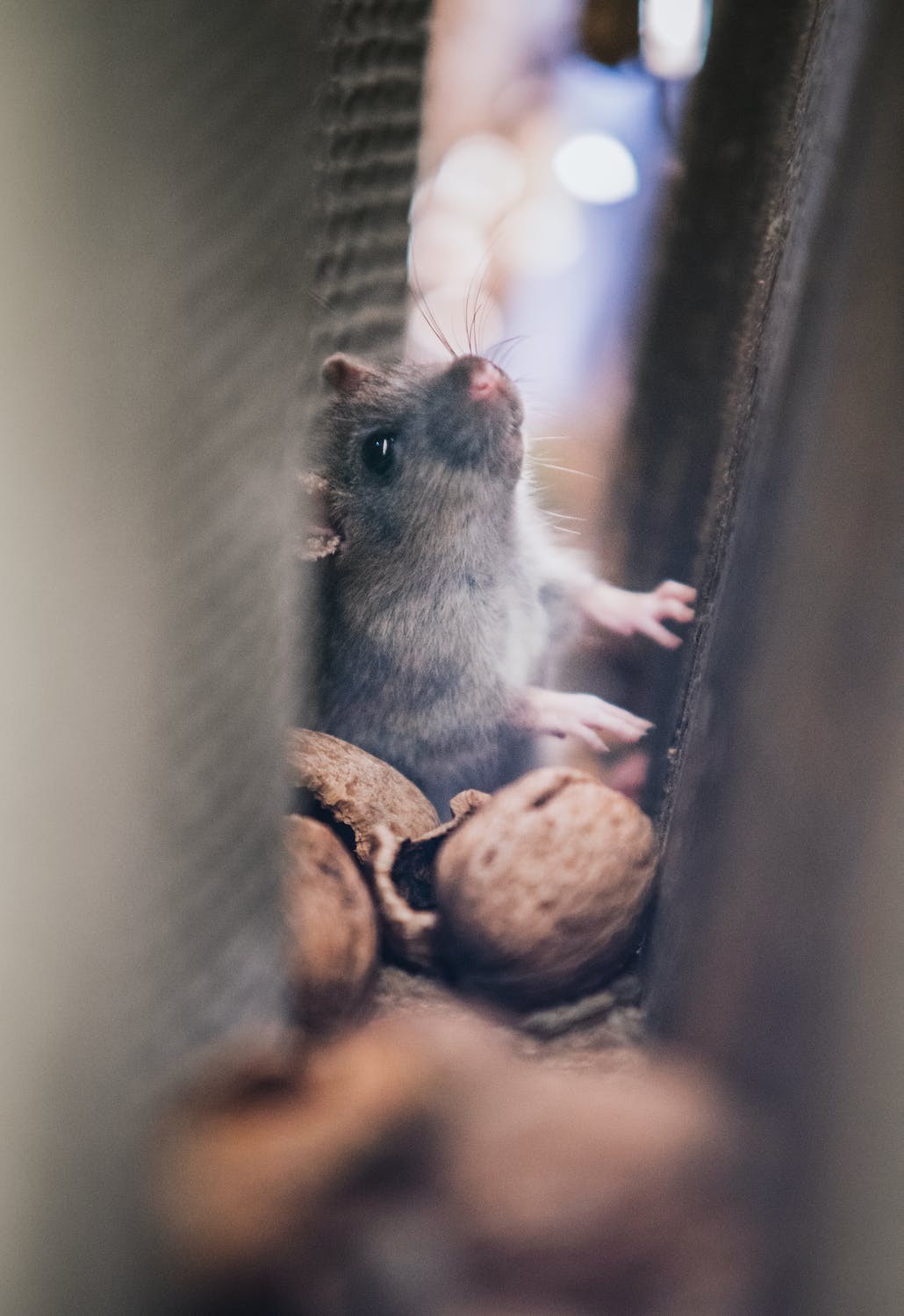Pest control and management have an interesting history. For starters, it wasn’t always as eco-friendly as it is today. Pests have been around for as long as we can remember, tormenting humans and invading their homes. In fact, they might even predate humans. The first interaction between a human and a pest must’ve been when a human killed a bloodsucking mosquito or swatted away an annoying fly.
However, the real deal started when humans adopted agricultural practices. They soon realized that pests can destroy their crops and infest their fields. In the past, we used chemicals and other unique methods to kill pests. For instance, ancient Sumerians utilized sulfur compounds to eradicate insects, and the ancient Greek civilization utilized fire to get rid of locusts.
Today, pest control is very different. It has come a long way, thanks to research and development in the arena. Read on as our pest control experts at Kal Pest Solutions walk you through the history of pest control.

The Timeline of the History of Pest Control
2500 BC
People start utilizing sulfur compounds to reduce the population of insects and mites.
1500 BC
Humans try out different traditional pest control techniques, such as manipulating the way they plant dates, to reduce pests.
1200 BC
People in China utilize botanical insecticides for seed treatment.
950 BC
People burn pests as a way to control their population and limit their spread.
200 BC
People start to use oil sprays for pest control.
AD 300
Chinese farmers expose their citrus orchards to predatory mites.
AD 400
Farmers start to apply arsenic to rice paddies’ roots to avert insect infestations.
1750
Scientists discover the use of pyrethrum and derris as botanical insecticides.
1800s
People start recording the effects of different pest control methods.
1880
One of the first spraying machines is made for commercial use.
1888
Americans witness their first key success with biological pest control agents they imported from Australia to protect citrus crops.
1890
Lead arsenic emerges as a popular method to eliminate insects (officials recognize its dangers almost a decade later).

1892
Canada makes a law saying that applying chemicals to blooming trees is illegal, as it’s harmful to bees.
1901
Hawaiians successfully reduce weeds with biological pest control methods.
1921
The first airborne insecticide applications take place in Ohio.
1930
Farmers start utilizing artificial organic compounds to control the population of plant pathogens.
1940s
Scientists determine there are insecticidal properties in benzene hexachloride and DDT.
1948
Scientists begin discussing the standing of beneficial insects for pest control.
1959
Researchers R.F. Smith, R. van den Bosch, S.M. Stern, and K.S. Hagen present the concept of “integrated pest management (IPM)”, coining the term in 1967.
1969
The U.S. documents the National Environmental Policy Act, and the term “integrated pest management” is formalized by the National Academy of Sciences.
1972
The Federal Environmental Pesticides Control Act is passed, with the USDA approving funds for Integrated Pest Management (IPM) research.
1980s
Countries worldwide experience success with Integrated Pest Management (IPM) techniques.
1996
Transgenic crops are commercialized for the first time.
2006
Concerns about engineered transgenic crops increase around the world, slowing down the popularity of certain IPM technologies.
What Does the Future Hold for the Pest Control Industry?
The pest control industry has come a long way. It has gone from humans trying out random methods and finding success to using a technological marvel to limit pest populations. However, in the future, there will be more focus on making pest control methods more eco-friendly.
Even today, people are looking for pest control methods that are kinder to the environment and less harmful. Even though there is a long way to go until pest control becomes completely eco-friendly, there are several green pest control service providers, like Kal Pest Solutions, to help you with your pest control needs.

Leading Pest Control Company Located in Benton Harbor
Kal Pest Solutions is a leading pest control service provider in Benton Harbor.
Their services include bed bug removal, flea extermination, termite treatment, spider control, fly control, roach extermination, mosquito control, insect control, and rodent control. They’re a top pest control company dedicated to providing quality services at affordable rates since 1996.
Visit their website to learn more details about their pest control services. Alternatively, you can give them a call today to get an appointment or a free consultation.




